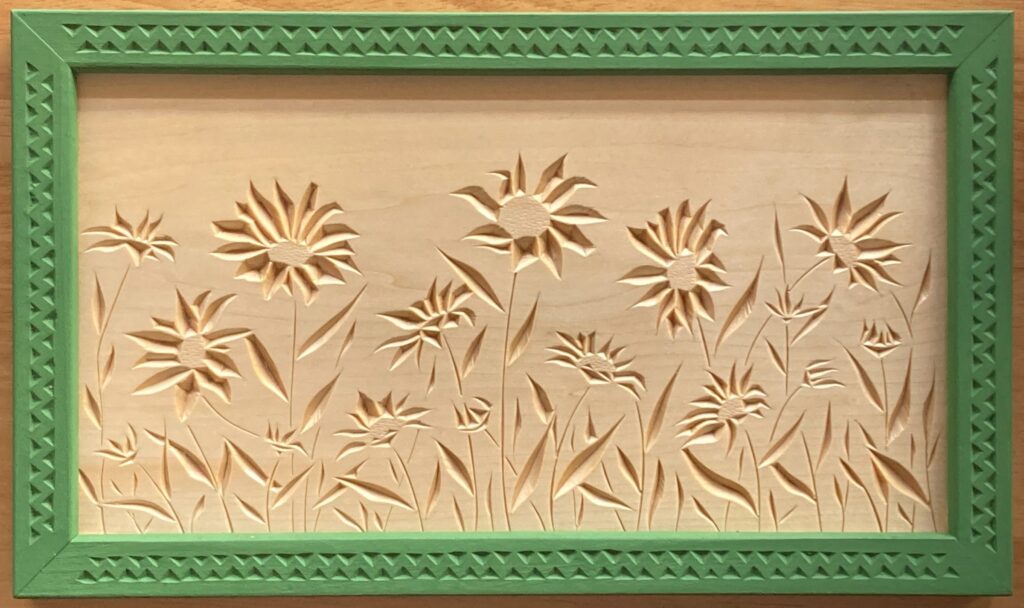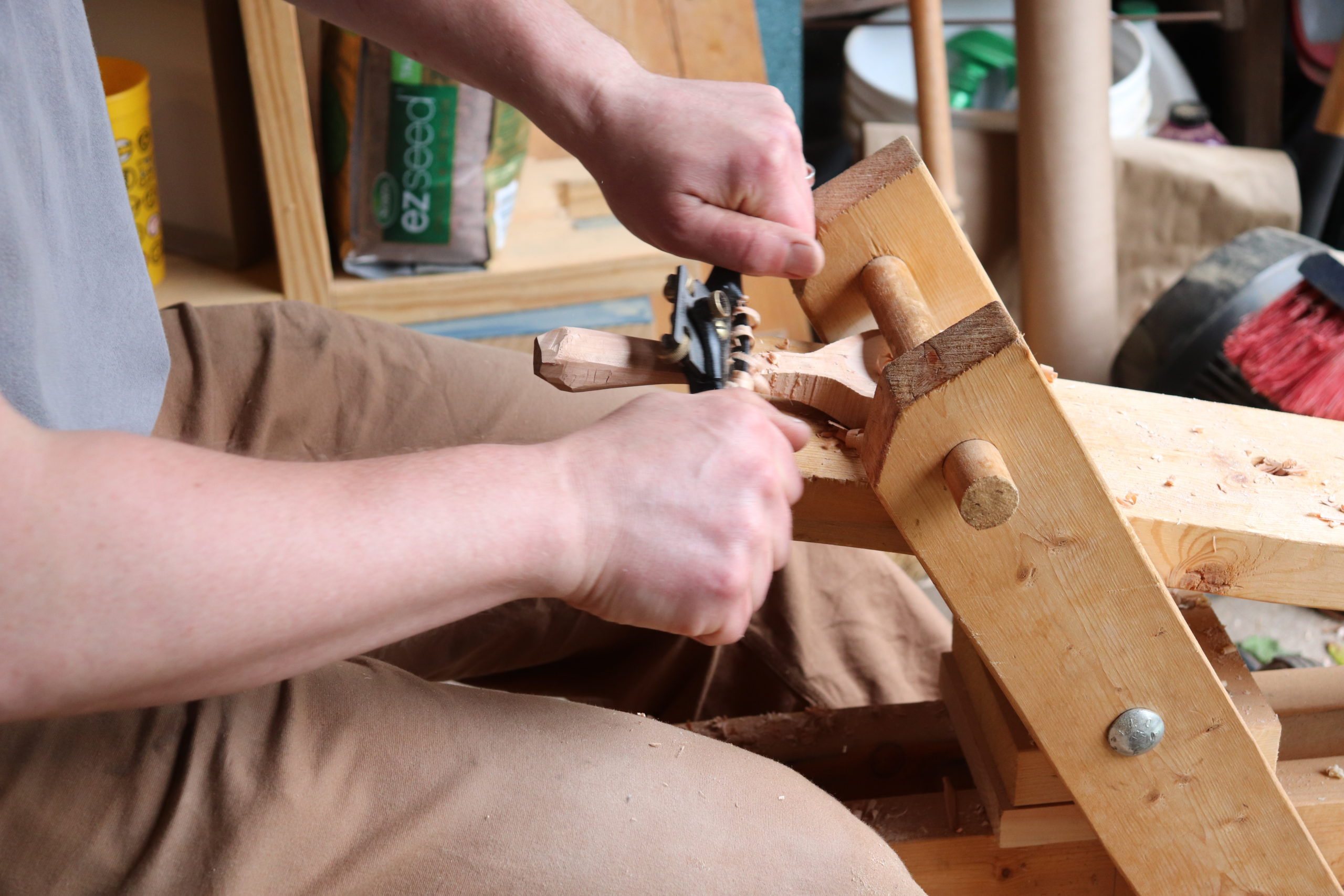Let’s talk about machines. Not machines as metaphors, but grease-and-sawdust, rattle-and-hum, be-careful-or-you’ll-hurt-yourself machines that do actual physical work in the actual physical world. When, and how, does an actual machine take charge?
In a 2006 episode of The Woodwright’s Shop (“Old Woodworking Machines“), Roy Underhill visited a restored 19th-century factory that makes window sashes using belt-driven machinery. Roy built his reputation working with hand tools, but in the presence of all this chatter-roaring interconnected machinery he is as excited as any little boy. And as much as I too prefer working with hand tools, I have to admit it’s all just really cool. Everything runs off the same steam-driven belt! You can see all the working parts: the gears, the levers, the controls. There is no magic, no black box whose workings are obscure; the genius of the machines’ creators is right before your eyes, and accessible to the worker’s hands.
Until we come (at about 10:30 in the video) to a mortising machine that, rather than plunging its bit into the wood when the worker steps on a pedal, reciprocates. “Wait a minute, now,” Roy says. “You’re not having to force the chisel down here. It ‘s going automatically.” To this point each operation as been at the worker’s command. Roy himself owns a mortising machine that chops each time the worker steps on a treadle. Make no mistake: despite saving physical labor it still requires skill and care to use. (I’ve used it. Oh, wouldn’t I love to have one?) But here, the worker has to bring the wood to the machine and position it precisely on the machine’s schedule. “It isn’t going to wait for me!” Roy is told.
“I don’t like this,” Roy says. “You are having to be the servant to the machine!”
There—precisely there, I would say—is the dividing line. Reduce the relationship between worker and tool to its essence and this is what you have. Whether you bring your work to the machine or the machine to your work, if you do it on your own time and under your own control, you are the master. (Or, at least, you have the opportunity to develop mastery.) If you are following the machine’s patterns and obeying its designs, you are the servant. Your relationship to your work has fundamentally changed. You have lost, as they say, agency. In a few steps across the floor of a 19th-century factory, the machine took charge, and Roy pointed it out, and didn’t like it. Nor do I. Nor, dear reader, should you.


